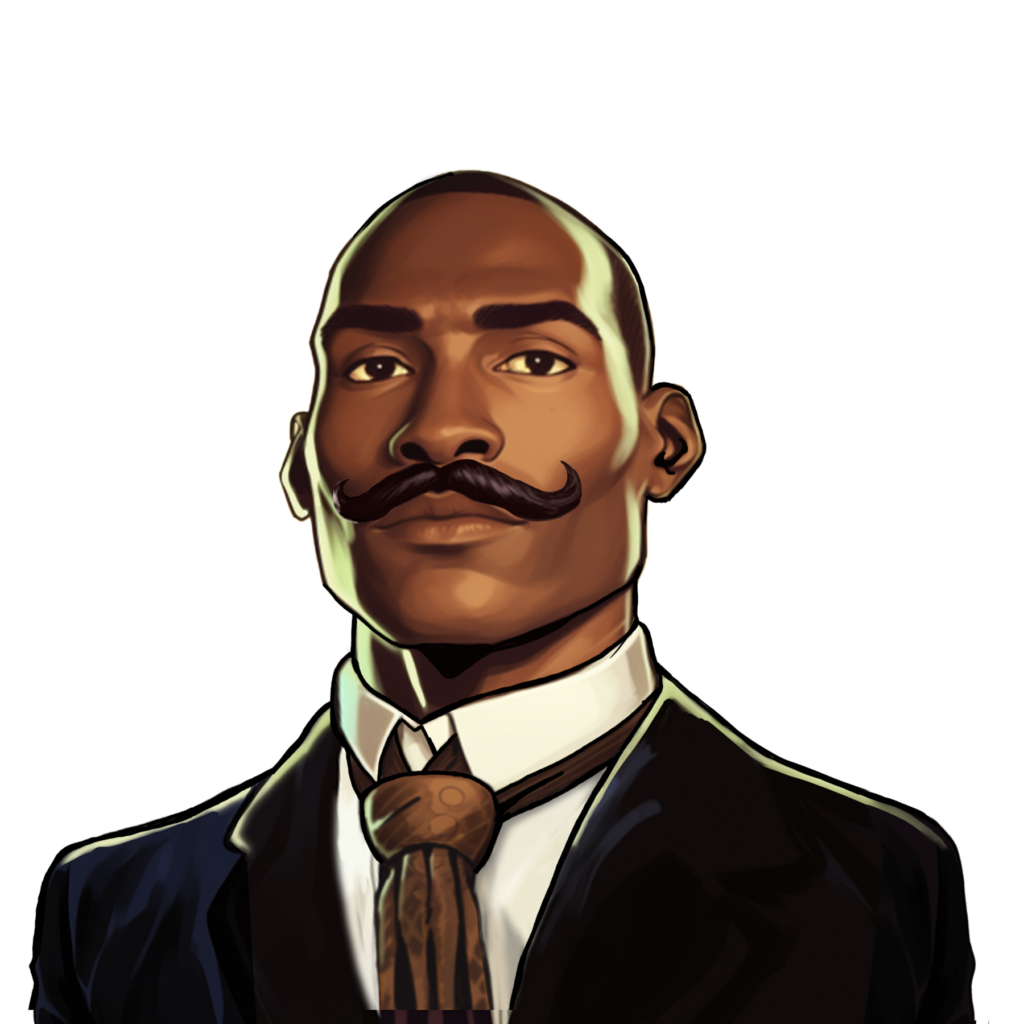Founded by Dr. Booker T. Washington – August 23, 1900

Granville T. Woods is considered one of the first African American mechanical and electrical engineers. Growing up in Ohio during and shortly after the Civil War, Woods learned the trades of machinist and blacksmith after having to leave school to help his family. Later, he worked as a railroad and steamboat engineer. He was able to study electrical engineering in his spare time and also took a two-year training in electrical and mechanical engineering in 1876. The successful sale of a telephone-related patent to the Bell Telephone Company allowed him to dedicate himself full-time to inventing.
He would remain closely tied to transportation throughout his life, making key contributions to train and streetcar technology. He became the inventor of the first telegraph that allowed communication with moving trains. This invention made it easier to prevent railroad collisions by keeping train engineers aware of the location of other trains following or ahead. “The risk of disaster on railways will be greatly reduced from this time onward,” said Scientific American about the invention at the time. Thomas Edison challenged this patent, claiming he had invented the technology, but Woods was able to prove his work was original, and the Patent Office upheld his ownership of the invention twice.
The railway telegraph was so successful that Woods was able to found his own business in Cincinnati to promote and sell his inventions. By the end of his life, he had sold many of his creations to companies such as General Electric and Westinghouse. He obtained nearly 60 patents, including for improving inventions such as the telephone, the phonograph, and the air brake for trains. He is also widely credited for making great improvements to the third rail used to provide electric power to trains. Woods was inducted into the National Inventors Hall of Fame in 2006.